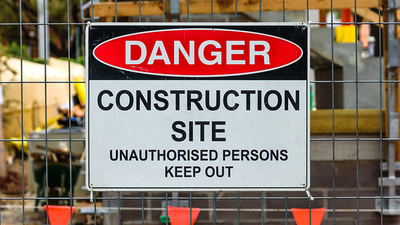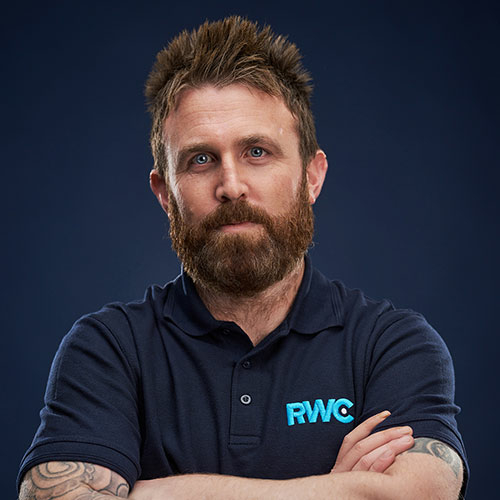Plumbers’ safety: The risks and how to reduce them

In the ever-evolving world of plumbing and heating, where installers tackle diverse challenges daily, ensuring plumbers' safety is paramount. From the risk of repetitive strain injuries (RSI) to working at precarious heights and potential exposure to hazardous materials such as asbestos, plumbers face many safety concerns if not approached correctly.
Prioritising plumbers' safety in the industry is not just a legal requirement but a moral imperative. By recognising and addressing the various risks involved, plumbers can ensure a secure working environment for themselves and their customers.
In this blog, we delve into the various risks plumbers encounter on the job every day and explore effective strategies and products to help overcome them.
RSI - recognising and preventing
One risk that is extremely common within the industry is repetitive strain injuries, which can take a toll on a plumber's physical well-being. It’s no surprise that plumbing work often involves repetitive tasks, leading to strain on muscles and joints. A new Water Regs UK survey shows that a significant percentage of plumbers are grappling with various health problems, with 73.2% reporting joint aches, closely followed by 69.3% experiencing back pain.
By understanding these injuries and taking appropriate measures, plumbers can protect their health and well-being while excelling in their trade. By implementing ergonomic practices and adopting the correct tools and products, plumbers can minimise the physical strain associated with plumbing tasks.
Using products designed for easy and seamless operation not only speeds up tasks but could also reduce the strain on the body, potentially lowering the risk of repetitive strain injury (RSI). Selecting products that minimise time-on-site and physical impact can make a real difference. RWC’s JG Speedfit and SharkBite offer extremely reliable and easy-to-install push-fit technology, without using hazardous and time-consuming solders, flux and glue, lowering the risk of health hazards on the job.
Working at heights - safety measures
Plumbers often find themselves navigating working at heights, climbing ladders to access hard-to-reach places, increasing the potential for falls and other accidents. In these scenarios, it becomes imperative to follow comprehensive plumber safety regulations and guidelines specifically tailored for working at heights.
To achieve this, training is essential, covering the proper use of personal protective equipment (PPE) like safety harnesses and hard hats. Before commencing work, a thorough risk assessment of the area should be conducted, addressing potential hazards such as unstable surfaces or obstructive power lines. Ladders and platforms must also be securely placed on stable ground, adhering to recommended angles and anchoring practices.
Using plumbing solutions that reduce installation time and require fewer tools not only enhances efficiency but also contributes to a safer installation, especially when working at heights. Clear communication with those around you, regular equipment inspections, and awareness of weather conditions also further contribute to a safer working environment.

Asbestos and hazardous materials - safeguarding health
Plumbers may frequently be confronted with asbestos and other hazardous materials when working in older buildings, exposing themselves to severe health risks if precautions aren’t taken. The inhalation of asbestos fibres during plumbing work can have serious long-term health consequences.
Installers must be acutely aware of the potential presence of these harmful substances and adhere strictly to safety protocols. Safeguarding health requires the use of appropriate PPE, such as respirators and coveralls, coupled with thorough training on the safe handling and disposal of hazardous materials.
By prioritising these precautions, plumbers can ensure their well-being while navigating the challenges associated with working in structures that may harbour dangerous materials.
Health and Safety Regulations - an overview
Whether plumbers' safety involves guidelines for working at heights, handling hazardous materials, or implementing proper safety measures, this overview serves as a vital compass for plumbers seeking to prioritise the well-being and safety of both themselves, and their customers. In essence, a commitment to staying informed about health and safety regulations is a cornerstone of responsible and ethical plumbing practice.
Among the risks already mentioned, emergency procedures, tool and equipment safety, electrical safety, small space installations and noise and vibration exposure could also impact plumbers' safety if not approached correctly.
Overall, a commitment to informed and ethical plumbing practices is essential for maintaining a safe and responsible industry. At RWC, we think it is important to focus on taking care of all aspects of health, including the physical health of plumbers and installers.
